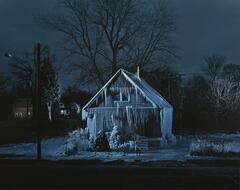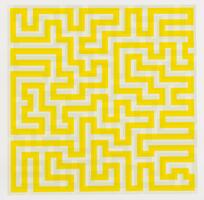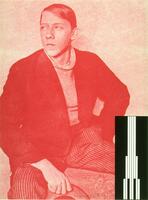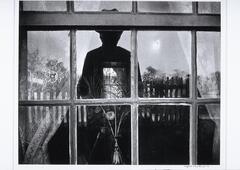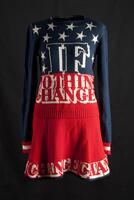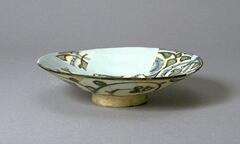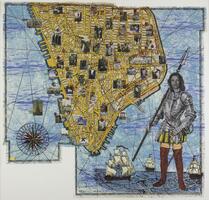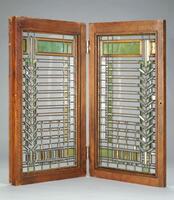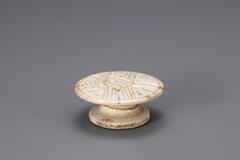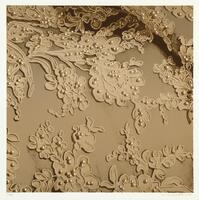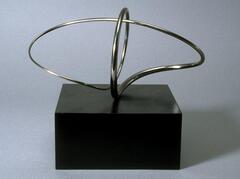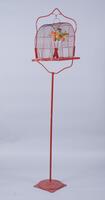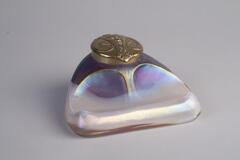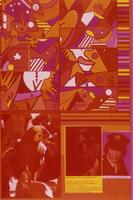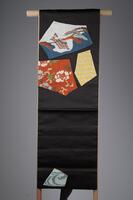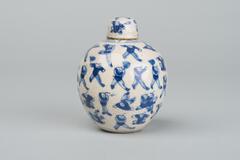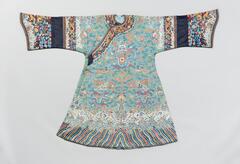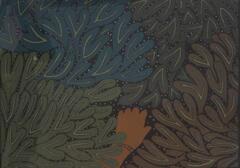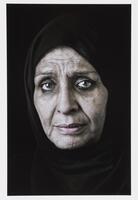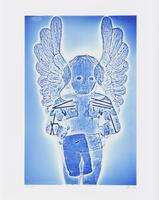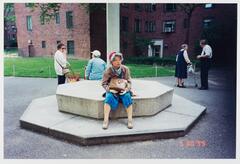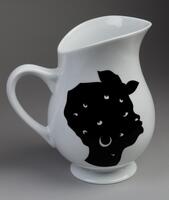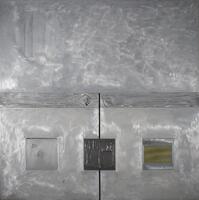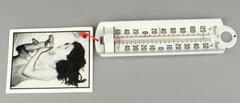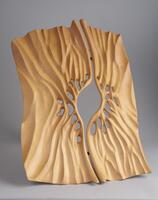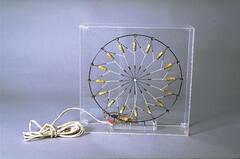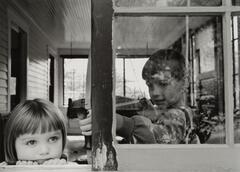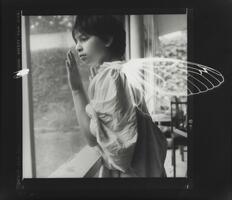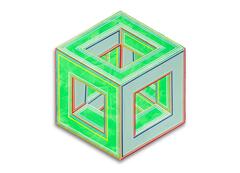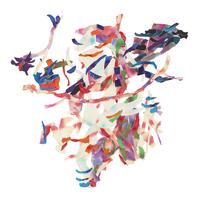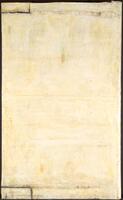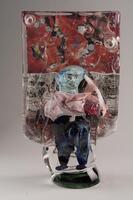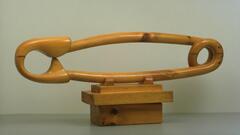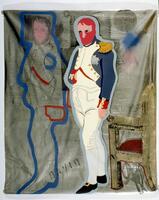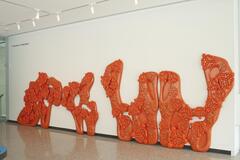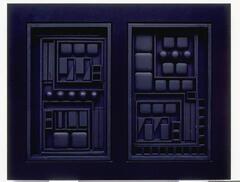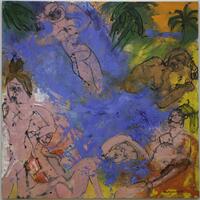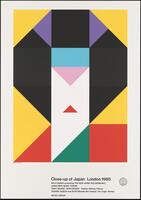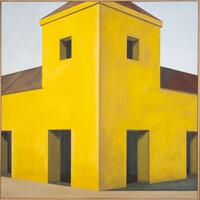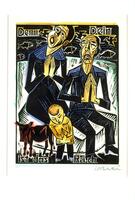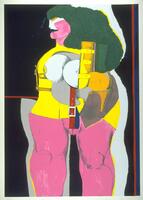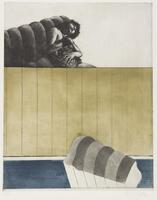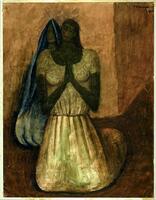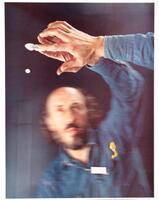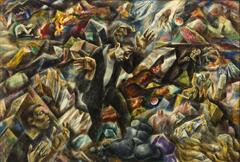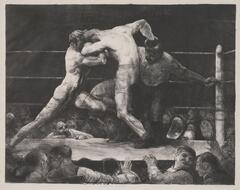Superior In-Person Experience
80 Items in this Learning Collection
Collection Object
Collection Object
Collection Object
Collection Object
Collection Object
Collection Object
Collection Object
Collection Object
Collection Object
Collection Object
Collection Object
Collection Object
Collection Object
Collection Object
Collection Object
Collection Object
Collection Object
Collection Object
Collection Object
Collection Object
Collection Object
Collection Object
Collection Object
Collection Object
Collection Object
Collection Object
Collection Object
Collection Object
Collection Object
Collection Object
Collection Object
Collection Object
Collection Object
Collection Object
Collection Object
Collection Object
Collection Object
Collection Object
Collection Object
Collection Object
Collection Object
Collection Object
Collection Object
Collection Object
Collection Object
Collection Object
Collection Object
Collection Object
Collection Object
Collection Object
Collection Object
Copyright
All Rights Reserved
()
Black Nagoya-style obi with appliquéd pathces woven in varied designs
Accession Number
2005/1.341
Title
Black Nagoya-style obi with appliquéd pathces woven in varied designs
Artist(s)
Japanese
Artist Nationality
Japanese (culture or style)
Object Creation Date
1930s-1950s
Medium & Support
black satin with appliqued woven patches
Dimensions
140 15/16 in x 12 in (358 cm x 30.5 cm);97 13/16 in (248.5 cm);37 3/8 in (95 cm)
Credit Line
Gift of Howard and Patricia Yamaguchi
Label copy
Kimono
Japan, Showa period (1926–1989)
1930s–50s
Silk crepe with interwoven brown and silver and gold-coated threads
Gift of Howard and Patricia Yamaguchi, 2005/1.393
Underkimono
Japan, Showa period (1926–1989)
1960s–80s
Silk crepe with twill geometric design
Gift of Howard and Patricia Yamaguchi, 2005/1.394
Nagoya obi
Japan, Showa period (1926–1989)
1930s–50s
Black satin with woven appliqués
Gift of Howard and Patricia Yamaguchi, 2005/1.341
Obijime (obi cord)
Japan, Showa period (1926–1989)
1960s–80s
Woven silver metallic thread
Gift of Howard and Patricia Yamaguchi, 2005/1.366
Obidome (obi brooch)
Japan, Showa period (1926–1989)
circa 1950–75
Metal with gold inlay
Gift of Howard and Patricia Yamaguchi, 2005/1.368
This kimono is one of several in the Yamaguchi Collection that were worn by Iwata Shizuka for informal occasions. Here, the chrysanthemum patterns are woven rather than hand painted. Though woven kimono may be as labor-intensive and expensive to produce as hand-painted yûzen, they are mostly used for casual wear. Iwata Shizuka would have worn a woven kimono such as this with a Nagoya obi, an informal type invented in the 1920s. While regular obi must be folded into multiple layers before being tied, two thirds of the length of a Nagoya obi has been sewn into a narrower strip, making it is easier to tie and more comfortable to wear. Over this casual ensemble she would have worn a haori with a family crest, which made it appropriate for business. The combination of woven kimono and haori creates a sense of formality similar to wearing a jacket and tie over a sporty shirt. Iwata Shizuko vividly remembers her mother wearing haori to her office every day.
(Wrapped in Silk & Gold Exhibition, Summer 2010)
Subject matter
Nagoya-style obi with appliqued patches
Physical Description
Black plain-weave satin with appliqued patches in abstract geometric shapes, with woven floral, geometric, and landscape designs.
Primary Object Classification
Costume and Costume Accessories
Primary Object Type
obi
Additional Object Classification(s)
Textile
Collection Area
Asian
Rights
If you are interested in using an image for a publication, please visit http://umma.umich.edu/request-image for more information and to fill out the online Image Rights and Reproductions Request Form.
Keywords
kimonos
obis
patches (quilt components)
2005/1.341
Title
Black Nagoya-style obi with appliquéd pathces woven in varied designs
Artist(s)
Japanese
Artist Nationality
Japanese (culture or style)
Object Creation Date
1930s-1950s
Medium & Support
black satin with appliqued woven patches
Dimensions
140 15/16 in x 12 in (358 cm x 30.5 cm);97 13/16 in (248.5 cm);37 3/8 in (95 cm)
Credit Line
Gift of Howard and Patricia Yamaguchi
Label copy
Kimono
Japan, Showa period (1926–1989)
1930s–50s
Silk crepe with interwoven brown and silver and gold-coated threads
Gift of Howard and Patricia Yamaguchi, 2005/1.393
Underkimono
Japan, Showa period (1926–1989)
1960s–80s
Silk crepe with twill geometric design
Gift of Howard and Patricia Yamaguchi, 2005/1.394
Nagoya obi
Japan, Showa period (1926–1989)
1930s–50s
Black satin with woven appliqués
Gift of Howard and Patricia Yamaguchi, 2005/1.341
Obijime (obi cord)
Japan, Showa period (1926–1989)
1960s–80s
Woven silver metallic thread
Gift of Howard and Patricia Yamaguchi, 2005/1.366
Obidome (obi brooch)
Japan, Showa period (1926–1989)
circa 1950–75
Metal with gold inlay
Gift of Howard and Patricia Yamaguchi, 2005/1.368
This kimono is one of several in the Yamaguchi Collection that were worn by Iwata Shizuka for informal occasions. Here, the chrysanthemum patterns are woven rather than hand painted. Though woven kimono may be as labor-intensive and expensive to produce as hand-painted yûzen, they are mostly used for casual wear. Iwata Shizuka would have worn a woven kimono such as this with a Nagoya obi, an informal type invented in the 1920s. While regular obi must be folded into multiple layers before being tied, two thirds of the length of a Nagoya obi has been sewn into a narrower strip, making it is easier to tie and more comfortable to wear. Over this casual ensemble she would have worn a haori with a family crest, which made it appropriate for business. The combination of woven kimono and haori creates a sense of formality similar to wearing a jacket and tie over a sporty shirt. Iwata Shizuko vividly remembers her mother wearing haori to her office every day.
(Wrapped in Silk & Gold Exhibition, Summer 2010)
Subject matter
Nagoya-style obi with appliqued patches
Physical Description
Black plain-weave satin with appliqued patches in abstract geometric shapes, with woven floral, geometric, and landscape designs.
Primary Object Classification
Costume and Costume Accessories
Primary Object Type
obi
Additional Object Classification(s)
Textile
Collection Area
Asian
Rights
If you are interested in using an image for a publication, please visit http://umma.umich.edu/request-image for more information and to fill out the online Image Rights and Reproductions Request Form.
Keywords
kimonos
obis
patches (quilt components)

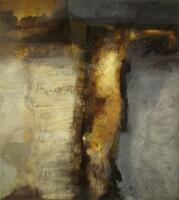
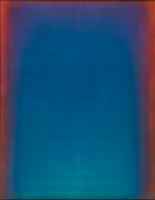

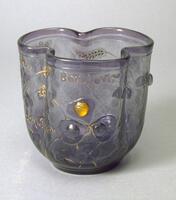
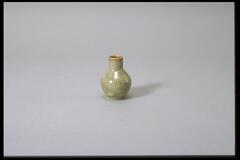
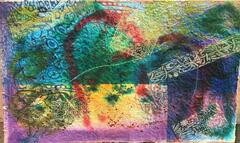
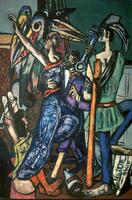
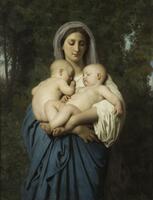

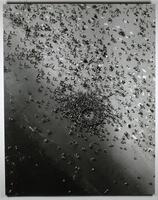

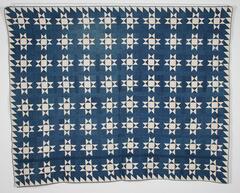
![A clear glass bubble rests on the bowl of a plain white clay pipe. Along the stem of the pipe are the words, "Ce que [sic] manque à nous tous." A clear glass bubble rests on the bowl of a plain white clay pipe. Along the stem of the pipe are the words, "Ce que [sic] manque à nous tous."](/media/W1siZiIsIjIwMjIvMDkvMjQvMmR5MHViN2o5Yl9kZWZhdWx0LmpwZyJdLFsicCIsInRodW1iIiwiMjQweDIwMCJdXQ?sha=e23a50659ff4d560)
